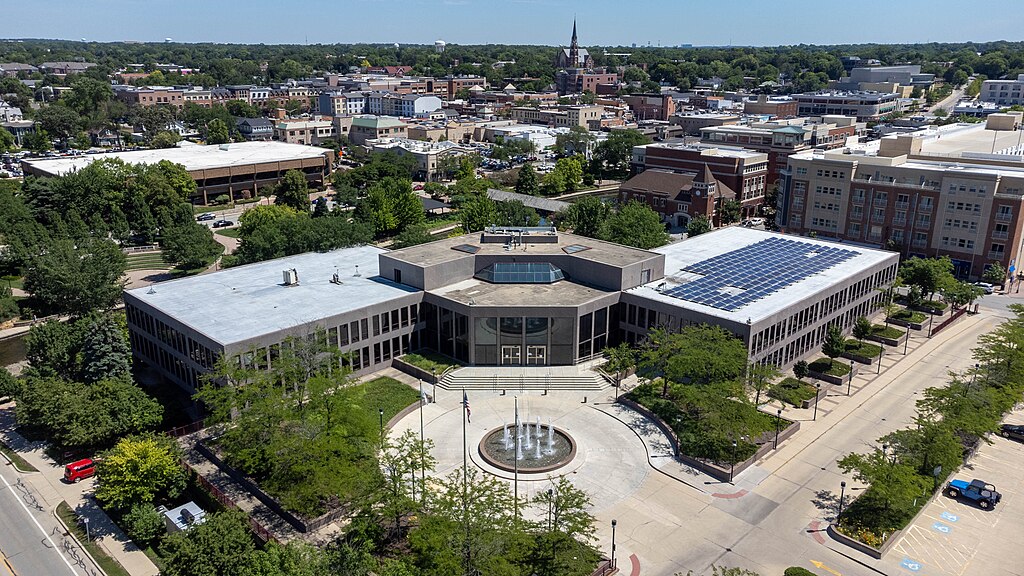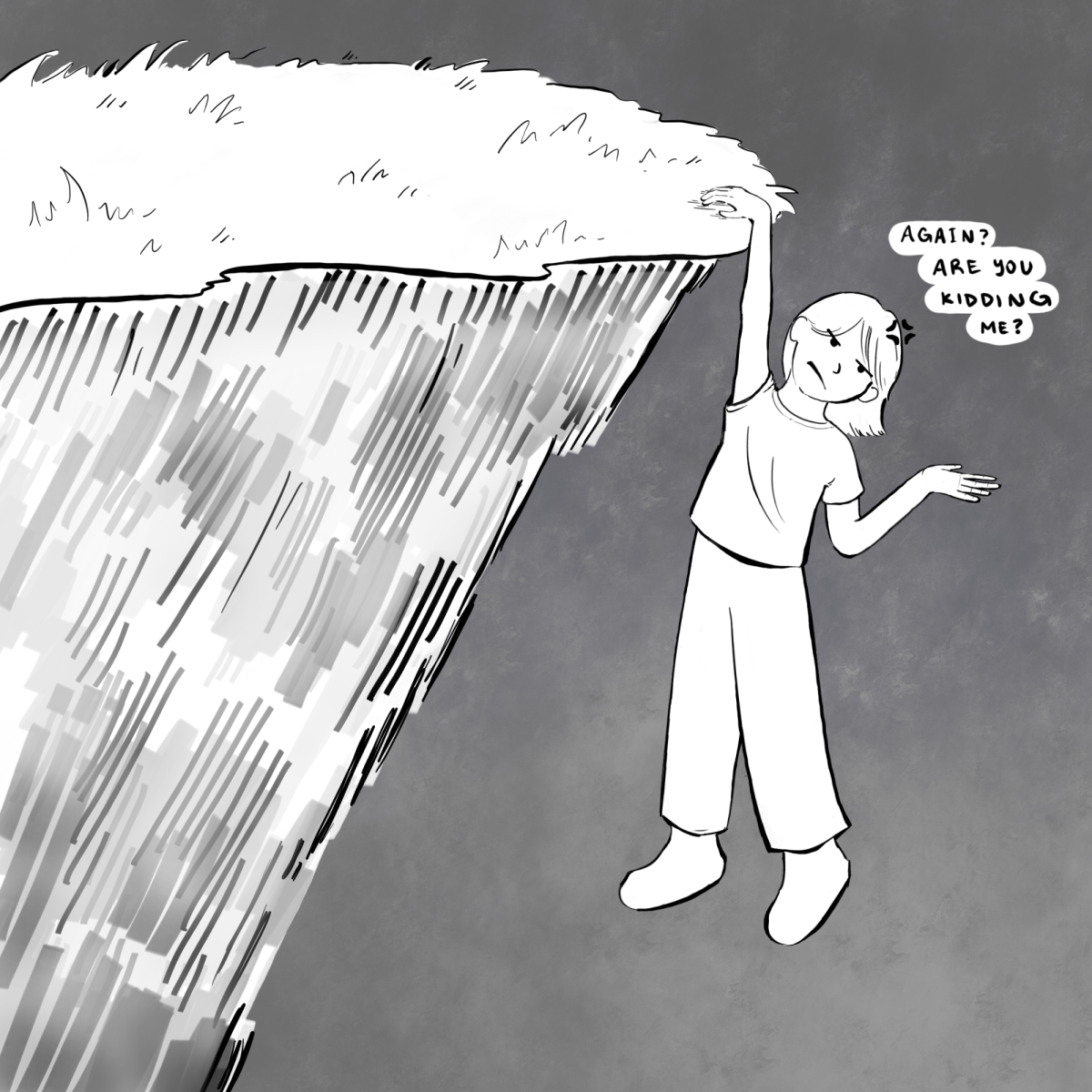Column: The real price of shoes
February 20, 2020
I’m not caught up with the latest fashion trends; in fact, I can count the pairs of shoes I wear regularly with one hand. Still, there’s a small selection of brands that my friends and I purchase clothes from. The growing influence of these companies bring into question not only the appearance of their products, but how they are made.
Fundamentally, corporate responsibility holds that a corporation should be socially accountable. I was first introduced to the concept in eighth grade when a teacher told my class that the majority of shoe companies used child labor.
Take Nike, for example. While it’s known for popular products including Air Jordans and Air Force 1’s, it doesn’t have the smoothest track record when it comes to corporate ethics. In 1998, it pledged to improve labor conditions after activist Jeff Ballinger exposed abuses in part of Nike’s supply chain.
After a series of responses by the company, including then-CEO Phil Knight’s declaration that “I truly believe the American consumer doesn’t want to buy products made under abusive conditions” and Nike’s publication of multiple corporate social responsibility reports, Business Insider published an article in 2013 on “How Nike Solved Its Sweatshop Problem.”
Even so, the company has not remained free from controversy surrounding the ethics of its practices. In 2017, protestors called attention to potential abuses and a lack of transparency by Nike.
Nike isn’t the only company to face controversy, however. Three years ago, a New Balance official remarked that “things are going to move in the right direction” in light of Trump’s opposition to the Trans-Pacific Partnership, a neo-Nazi called New Balance shoes the “official shoes of white people” and consumers began burning their shoes in protest.
The idea that there is far more depth to the apparel and accessories that one buys- including the ethics behind their production- extends to the fashion industry as a whole. The term “fast fashion” describes an industry that mass produces and markets clothes based off popular trends. It’s far more harmful than it appears.
First: how can fashion be so fast? From Old Navy and Zara to H&M and Forever21, companies have drawn criticism for copying the designs of independent artists. Logically, this means that – partly because companies don’t have to devote additional expenses to designing and partly because they’re often larger than an independent artist- these corporations can sell the (virtually same) “copycat” products for less.
Fast fashion isn’t kind to the environment, either. Goods may be low quality and cheap, encouraging consumers to discard of them quickly and incentivizing them to purchase more. Both ends of a product’s life cycle are environmentally taxing, from the resources used to create it or the greenhouse gases released when it’s disposed of.
Yet the human costs are the most disturbing. Workers may be harassed, have wages stolen or be forced to work overtime. It’s difficult for them to fight against such exploitation because joining a union is strongly discouraged and may incur backlash by managers. Workers have been killed because factories do not meet basic safety requirements.
Because corporations are large, there may not be much oversight over certain areas of the supply chain, including factories. Nor do all corporations publicize where their products are produced. Consequently, it’s easier for workers to be harassed and abused because there are few to hold perpetrators accountable.
Despite the extent of its impact, I don’t think that there’s a definite answer to this issue. Many of these companies are so large that it’s difficult to find an affordable alternative to them. Still, there are ways to advocate for reform. We can purchase from sustainable brands, thrift, or raise awareness about unethical practices; hopefully some corporations, like 1998 Nike, will begin to change.







